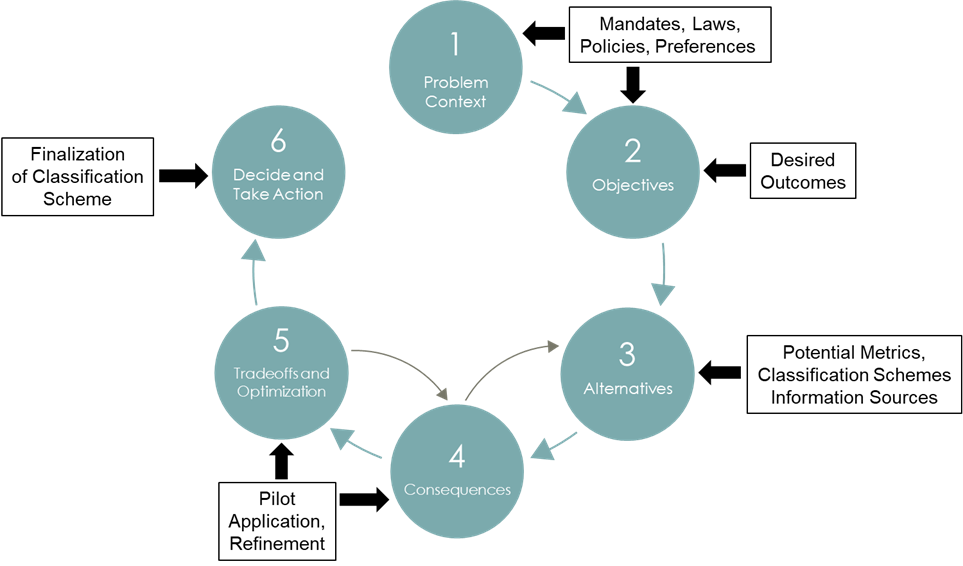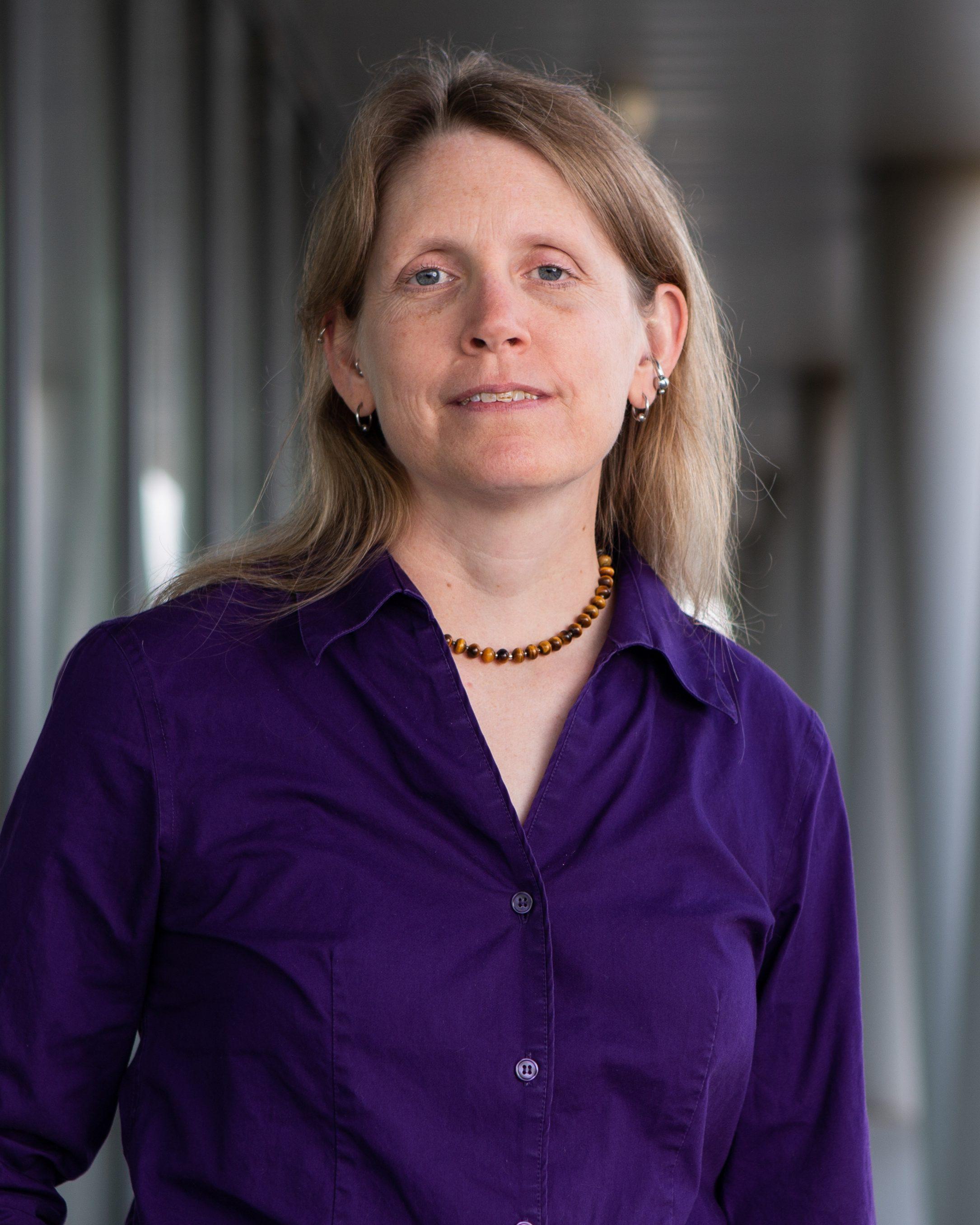Bureau of Ocean Energy Management (BOEM)
National Offshore Sand Inventory (NOSI) Assets and Application
The Challenge
Over decades of offshore sand exploration, the BOEM MMP and its collaborators and predecessors have invested millions of dollars in identifying and cataloguing offshore sediment resources, including collecting data on utilized and available borrow areas within the federal waters offshore of the United States. This information can provide the backbone of effective, data- and science-driven approaches for managing sediment for fair and equitable use across communities and for ecosystem restoration.
To make the effective use of that information, BOEM is developing a National Offshore Sediment Inventory (NOSI) to help manage these resources, facilitate communication and coordination with other federal and state agencies, and proactively prepare the nation for growing future sediment needs.
One need within NOSI is the development of a framework and metrics for assessing offshore borrow areas in terms of their available sediment and geologic and geomorphic characteristics, as well as to understand the uncertainty and risk that is inherent in estimating the available resources found deep below the ocean’s surface at and beneath the seafloor.
The Approach
The Institute is partnering with BOEM and APTIM to apply a structured decision-making (SDM) approach for developing a framework to assess and track borrow areas within the NOSI. SDM is a conceptual framework (i.e., organized process) for systematically making decisions based on clear identification of objectives and goals, leveraging of tools and information to predict the deliberate and unintended consequences of decisions, and objective cost-benefit analysis of alternatives that has previously been applied to support decision-making in sediment resource and barrier island management.
The SDM process, referred to as PrOACT, includes:
- Defining the Problem (i.e., issues that BOEM seeks to address with the classification scheme, as well as relevant mandates, policies, and laws)
- Determining the Objectives (i.e., specific preferred outcomes of site-scale and regional sand classification)
- Identifying Alternatives (i.e., potential classification schemes and associated metrics)
- Evaluating alternatives and associated Consequences (i.e., predicting the utility of the classification schemes based on data, existing conceptual models, expert knowledge, and pilot application)
- Evaluating the Trade-offs (i.e., analyzing the positive and negative expected outcomes of applying different classification alternatives through pilot application)
- Making the decision and taking action (i.e., finalization of the classification scheme and potential extension to new, as yet unused, sand resources)
In applying SDM, the Institute will work closely with BOEM and APTIM to develop a framework for NOSI that can inform management and responsible stewardship of offshore sand and sediment despite the challenges inherent in managing this finite and valuable resource.




